Ten photos you might not guess were taken in Italy
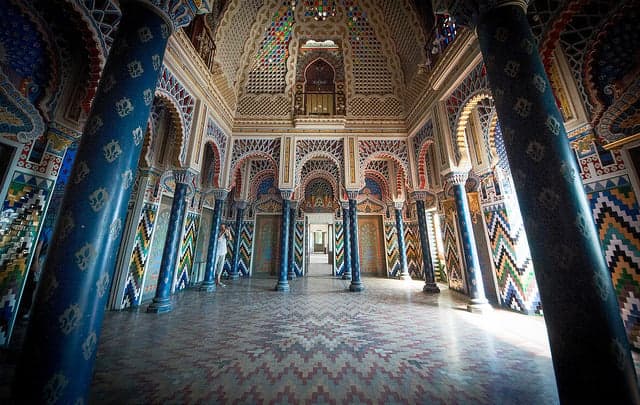
Think Italy is all Roman ruins, winding coast and Renaissance architecture? Think again. When your country extends from the Alps to the Mediterranean and has centuries of diverse history, it's sure to hide some unexpected sights.
Here are ten photos that you might be surprised to learn were taken in Italy.
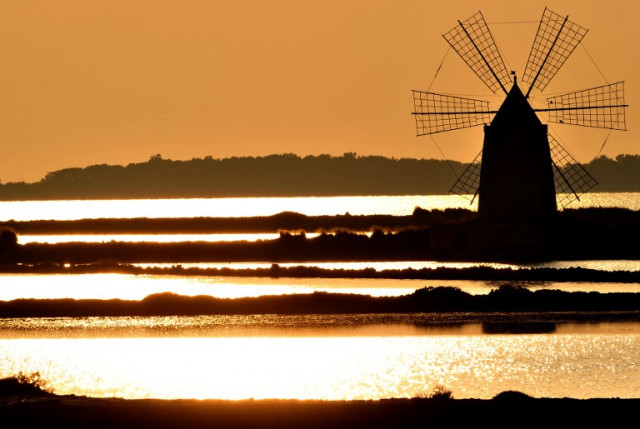
Photo: Alberto Pizzoli/AFP
Are we in the Netherlands? Nope: these are the Mozia salt pools in Sicily, where wind power has been used to pump sea water for salt-making for centuries and continues to do so to this day.
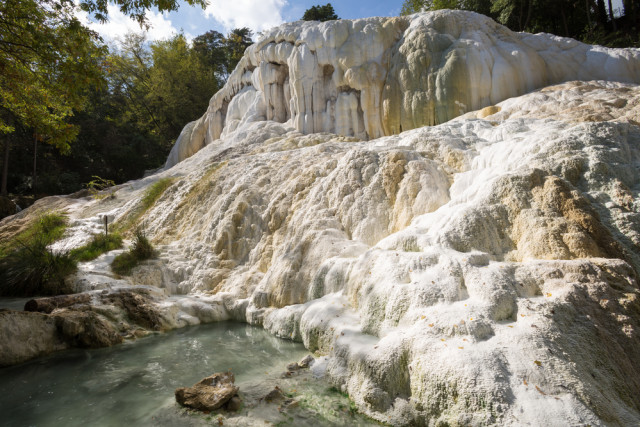
Photo: Catuncia-01/DepositPhotos
Reminiscent of Turkey's famous hot springs at Pamukkale, the Bagni San Filippo in Tuscany have been tempting bathers into their thermal waters since Roman times. Like Pamukkale, they too are the result of natural calcium deposits that build up into white frozen "waterfalls".
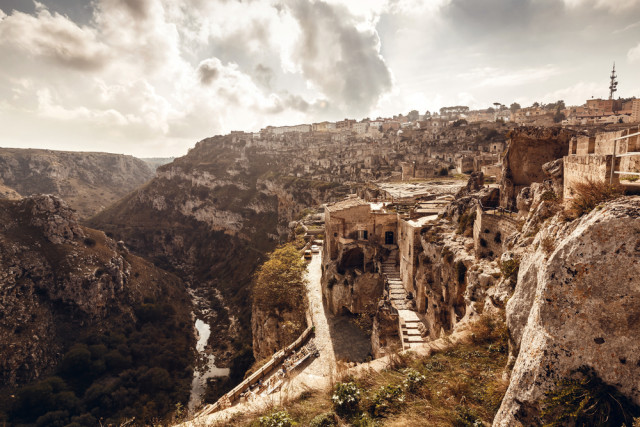
Photo: Duha127/DepositPhotos
This stone city looks Middle Eastern – but it's right in southern Italy. The Sassi di Matera in Basilicata, ancient cave houses dug into the rock, are thought to be some of the oldest human settlements in Italy and they're like little else that survives in Europe today. No wonder several filmmakers have used Matera as a stand-in for old Jerusalem.
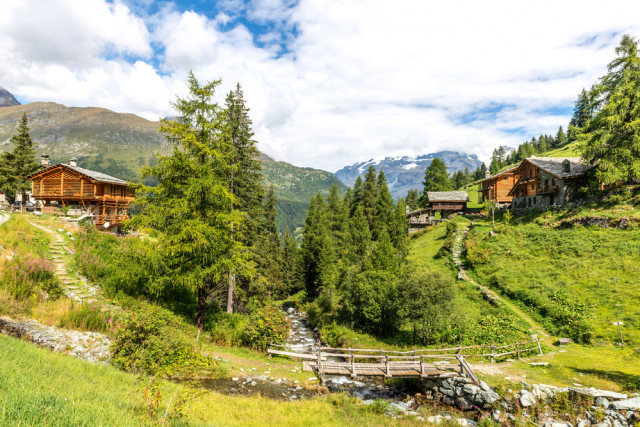
Photo: KamilloK/DepositPhotos
Quaint wooden chalets nestled in the mountains... It looks like Switzerland, right? In fact it's the village of Mascognaz in the Ayas valley in Valle d'Aosta, one of the parts of north-west Italy marked by the long-ago migration of German-speaking people known as the Walser. Their typical wooden architecture still dots the landscape, while a handful of communities in Valle d'Aosta and Piedmont speak Walser German to this day.
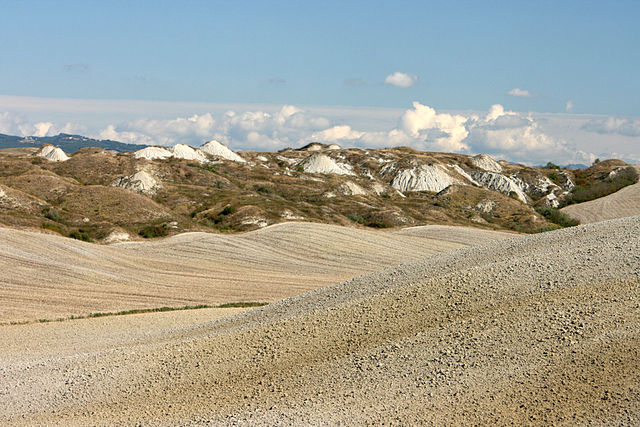
Photo: Gunther Tschuch - CC BY-SA 3.0, via Wikimedia
A desert? In Italy? In Tuscany, to be precise: the Accona Desert lies within the Crete Senesi near Siena, a distinctive landscape shaped by its clay soil. Its chalky white formations, known as biancane, are the result of centuries of wind and water wearing down soft rock – similar to badlands in Canada and the United States.
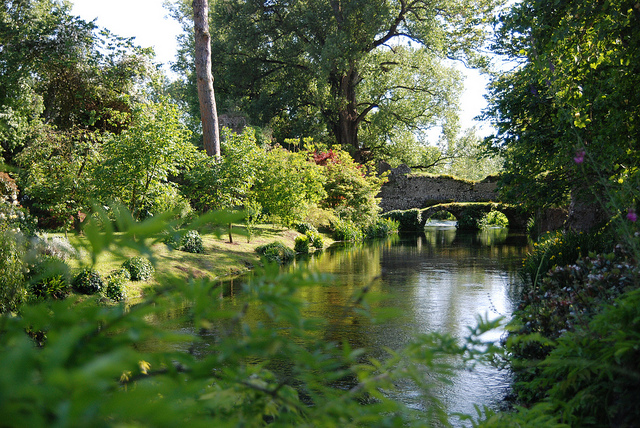
Photo: Erik/Flickr
Gently crumbling ruins, rambling roses, a trickling stream... We could be on an English estate, but instead we're just an hour from Rome. The Garden of Ninfa in Lazio was created by a British-Italian aristocrat along the river that ran through his ancestral domain. Praised as one of the most romantic gardens in the world, today it's open to the public on selected dates throughout the summer months.
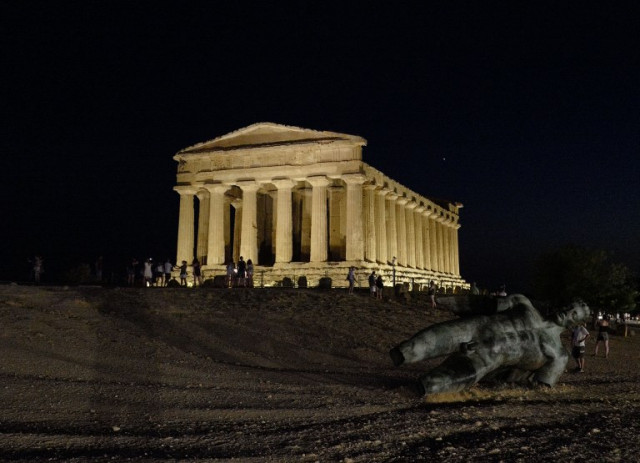
Photo: Ludovic Marin/AFP
Hello, Acropolis! Actually it's a different temple, located in Agrigento, Sicily – or as the Ancient Greeks knew it, Akragas. The city was one of the jewels of the Greek Empire and home today to one of the largest archeological parks in the world, the vast Valley of the Temples. With several other important sites scattered around the island, Sicily remains one of the best places outside Greece to admire Greek ruins.
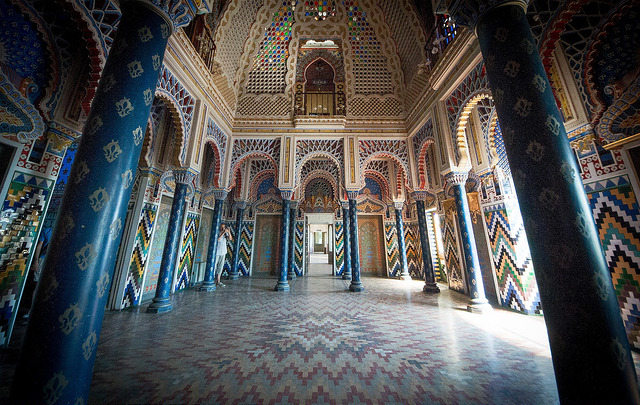
Photo: Paolo Turini/Flickr
North Africa meets Europe at the Castle of Sammezzano in Tuscany: built by a Spanish nobleman and remodelled in the Moorish style by one of his descendants, the palace is a riot of colour and patterns. It boasts more than 300 rooms, each with its own unique decor, but is sadly closed to the public amid efforts to have it protected and restored.
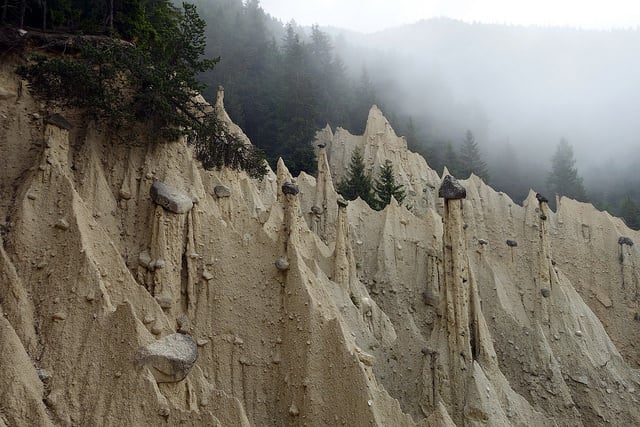
Photo: Danilo De Martin/Flickr
These strange structures may look like they've come from outer space, but in fact they're part of South Tyrol. One of several such formations across the northern region, the earth pyramids of Platten are the result of years of erosion by rain and drought in turn. Walkers can visit them via a hike through the thick mountain forest that shelters the fragile structures from the wind.
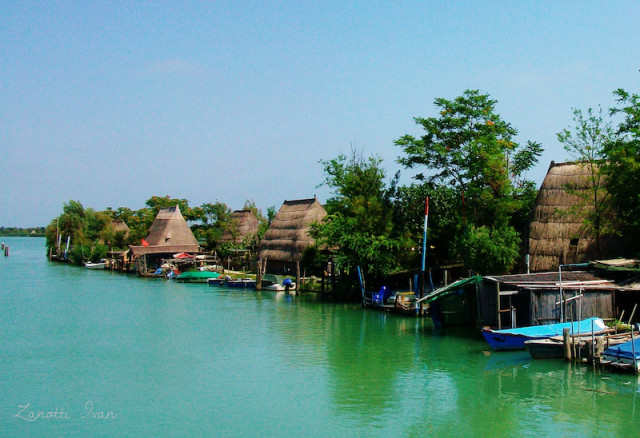
Photo: Ivan Zanotti/Flickr
Where's this tropical paradise? That would be the lagoon of Caorle in Veneto, where fishermen traditionally built reed huts – known as casoni – to shelter them throughout their winter work. More recently the landscape has intrigued many a visitor, including Ernest Hemingway, who visited Caorle several times to go duck hunting and set part of his novel Across the River and Into the Trees in the area.
READ ALSO:
Comments
See Also
Here are ten photos that you might be surprised to learn were taken in Italy.

Photo: Alberto Pizzoli/AFP
Are we in the Netherlands? Nope: these are the Mozia salt pools in Sicily, where wind power has been used to pump sea water for salt-making for centuries and continues to do so to this day.

Photo: Catuncia-01/DepositPhotos
Reminiscent of Turkey's famous hot springs at Pamukkale, the Bagni San Filippo in Tuscany have been tempting bathers into their thermal waters since Roman times. Like Pamukkale, they too are the result of natural calcium deposits that build up into white frozen "waterfalls".

Photo: Duha127/DepositPhotos
This stone city looks Middle Eastern – but it's right in southern Italy. The Sassi di Matera in Basilicata, ancient cave houses dug into the rock, are thought to be some of the oldest human settlements in Italy and they're like little else that survives in Europe today. No wonder several filmmakers have used Matera as a stand-in for old Jerusalem.

Photo: KamilloK/DepositPhotos
Quaint wooden chalets nestled in the mountains... It looks like Switzerland, right? In fact it's the village of Mascognaz in the Ayas valley in Valle d'Aosta, one of the parts of north-west Italy marked by the long-ago migration of German-speaking people known as the Walser. Their typical wooden architecture still dots the landscape, while a handful of communities in Valle d'Aosta and Piedmont speak Walser German to this day.

Photo: Gunther Tschuch - CC BY-SA 3.0, via Wikimedia
A desert? In Italy? In Tuscany, to be precise: the Accona Desert lies within the Crete Senesi near Siena, a distinctive landscape shaped by its clay soil. Its chalky white formations, known as biancane, are the result of centuries of wind and water wearing down soft rock – similar to badlands in Canada and the United States.

Photo: Erik/Flickr
Gently crumbling ruins, rambling roses, a trickling stream... We could be on an English estate, but instead we're just an hour from Rome. The Garden of Ninfa in Lazio was created by a British-Italian aristocrat along the river that ran through his ancestral domain. Praised as one of the most romantic gardens in the world, today it's open to the public on selected dates throughout the summer months.

Photo: Ludovic Marin/AFP
Hello, Acropolis! Actually it's a different temple, located in Agrigento, Sicily – or as the Ancient Greeks knew it, Akragas. The city was one of the jewels of the Greek Empire and home today to one of the largest archeological parks in the world, the vast Valley of the Temples. With several other important sites scattered around the island, Sicily remains one of the best places outside Greece to admire Greek ruins.

Photo: Paolo Turini/Flickr
North Africa meets Europe at the Castle of Sammezzano in Tuscany: built by a Spanish nobleman and remodelled in the Moorish style by one of his descendants, the palace is a riot of colour and patterns. It boasts more than 300 rooms, each with its own unique decor, but is sadly closed to the public amid efforts to have it protected and restored.

Photo: Danilo De Martin/Flickr
These strange structures may look like they've come from outer space, but in fact they're part of South Tyrol. One of several such formations across the northern region, the earth pyramids of Platten are the result of years of erosion by rain and drought in turn. Walkers can visit them via a hike through the thick mountain forest that shelters the fragile structures from the wind.

Photo: Ivan Zanotti/Flickr
Where's this tropical paradise? That would be the lagoon of Caorle in Veneto, where fishermen traditionally built reed huts – known as casoni – to shelter them throughout their winter work. More recently the landscape has intrigued many a visitor, including Ernest Hemingway, who visited Caorle several times to go duck hunting and set part of his novel Across the River and Into the Trees in the area.
READ ALSO:
Join the conversation in our comments section below. Share your own views and experience and if you have a question or suggestion for our journalists then email us at [email protected].
Please keep comments civil, constructive and on topic – and make sure to read our terms of use before getting involved.
Please log in here to leave a comment.